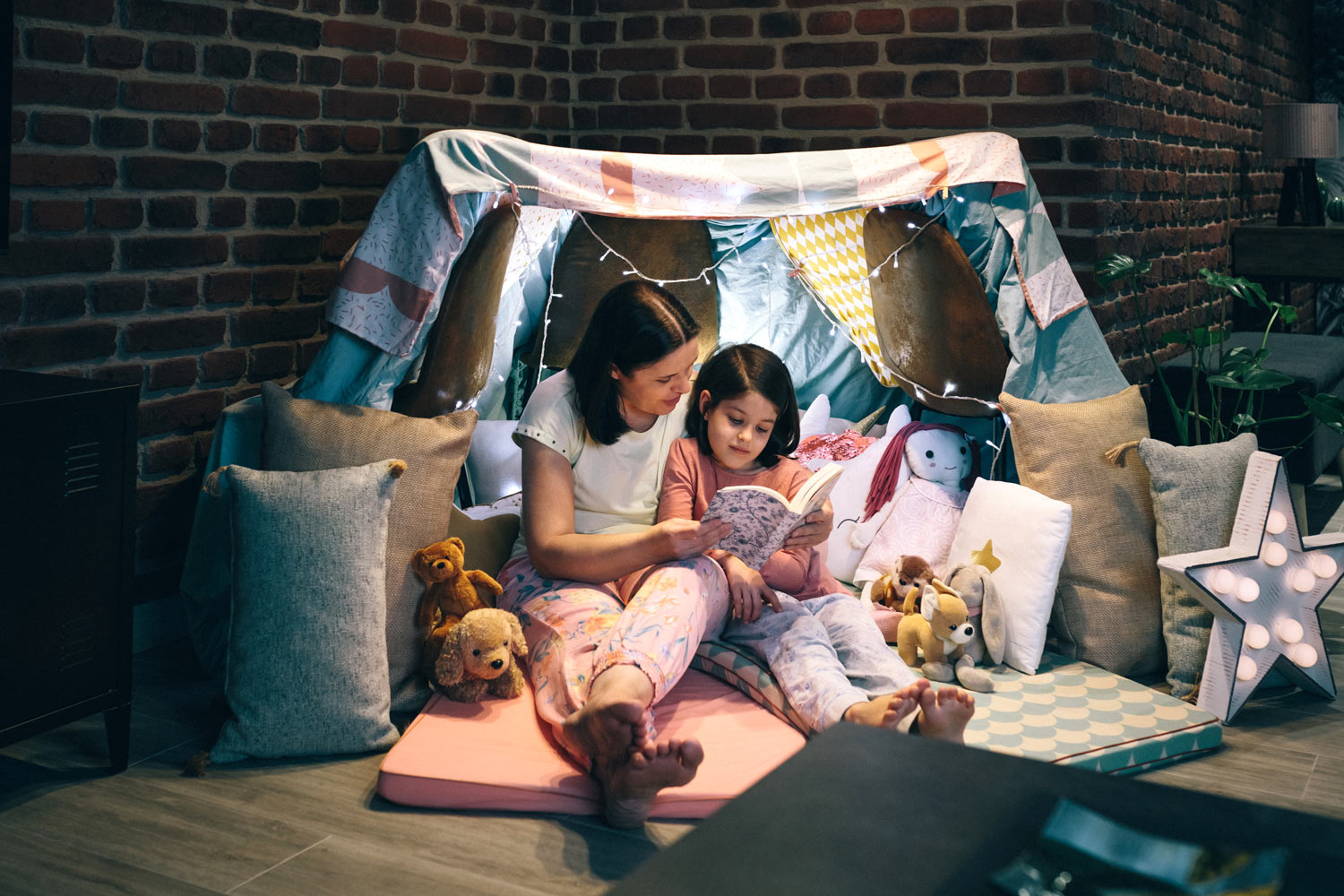Creating an autism-friendly home starts with paying attention. What comforts your child, and what doesn’t? Use the answers to shape a space that helps them feel safe, calm, and in control.
For many children with autism, daily life includes sensory sensitivities, a strong need for routine, and a preference for calm, predictable environments.
So, how can you make your home feel just right?
Here are a few simple, evidence-based ways to get started.
Make the Environment Sensory-Friendly
Every child with autism processes the world differently. Some are hypersensitive—easily overwhelmed by bright lights, loud sounds, or scratchy fabrics. Others are hyposensitive, seeking more stimulation through movement, touch, or sound.
For hypersensitive kids:
-
Swap harsh lights with soft, dimmable lamps.
-
Use noise-cancelling headphones or calming background sounds.
-
Choose cozy, tag-free clothing and soft bedding.
For hyposensitive kids:
-
Set up a safe space where your child can jump, stretch, or relax. This could be as simple as a mini trampoline, a soft beanbag chair, or climbing cushions.
-
Some children love exploring different textures with their hands or bodies. Try using:
-
Fidget toys to keep their hands busy.
-
Weighted blankets that feel like a warm, gentle hug.
-
Sensory bins filled with items like rice, sand, or water beads for tactile play.
-
Soft, rhythmic music or toys and cushions that gently vibrate to help your child relax.
Use Visual Schedules
Transitions can be tough. Moving from playtime to dinner or from home to school can trigger anxiety if your child doesn’t know what to expect. Visual schedules offer structure and help your child anticipate what’s next.
Start simple:
-
Use pictures or icons to show daily activities.
-
Break tasks into small steps: “Wake up → Brush teeth → Get dressed.”
-
Keep it flexible and build on it as your child becomes familiar with the routine.
Visual schedules not only reduce anxiety but also improve communication and cooperation.
Create a Calm, Safe Space
Having a designated calm zone helps children self-regulate and feel more in control during stressful moments.
Try this:
-
Set up a tent or a small corner with pillows and blankets.
-
Include your child’s favorite toys, books, or calming music.
-
Keep it low on noise and clutter.
Try Enara at Home
At Enara, we understand that a supportive home environment plays a vital role in early intervention. That’s why our platform is designed to work alongside you—right at home—transforming therapist-recommended tasks into interactive games and guided activities.
With features like motion, voice, and eye movement detection, along with clear visual prompts, Enara makes home-based learning not just effective, but enjoyable.



